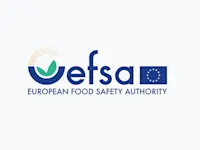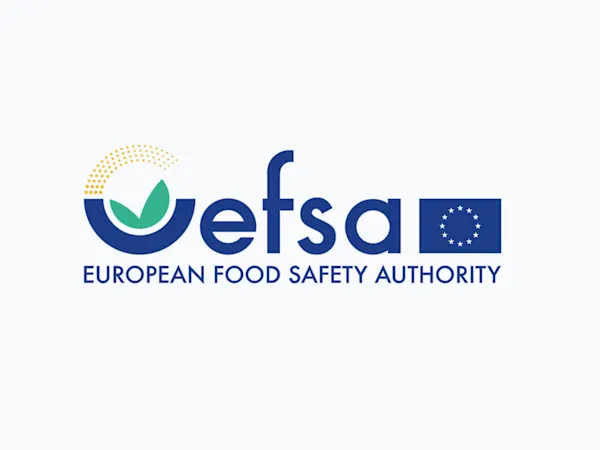
ChemSec Adds Neurotoxicants to SIN List in Landmark Step for EU Chemicals Regulation
ChemSec updates the SIN List with neurotoxicants, spotlighting brain-damaging chemicals and urging EU regulators to act swiftly on these hidden threats.


On May 30, 2024, Vermont Governor signed into law Act No. 131, a ground-breaking piece of legislation aimed at regulating consumer products containing harmful chemicals, including perfluoroalkyl and polyfluoroalkyl substances (PFAS) and other hazardous chemicals. This comprehensive law, known as S.25, targets a broad range of products to enhance public health and environmental safety in the state.
Chemicals in Cosmetic and Menstrual Products
The law introduces stringent measures to control the use of hazardous chemicals in cosmetic and menstrual products. Under the new regulations:
PFAS in Consumer Products
The legislation extends to other consumer products, banning the intentional addition of PFAS in various categories:
Certification and Enforcement
Community Engagement and Education
The Department of Health is tasked with developing a community engagement plan by July 1, 2025, to educate the public about harmful chemicals in cosmetic and menstrual products, especially focusing on marginalized communities. This plan includes outreach to identify products of concern, conduct research on harmful ingredients, and propose regulations for potentially harmful chemicals.
Future Steps and Reviews
The law will be implemented in phases, with major sections on chemicals in cosmetic and menstrual products, PFAS in consumer products, and firefighting agents taking effect on January 1, 2026. Additional provisions will come into effect between 2027 and 2028, ensuring a gradual and manageable transition for manufacturers and other stakeholders.
Governor's Statement
"This legislation is a crucial step forward in protecting the health and safety of Vermonters," said Governor. "By regulating these harmful chemicals, we are taking significant action to ensure cleaner, safer products and a healthier environment for all our residents."
Vermont continues to lead the nation with its proactive approach to chemical regulation, setting a benchmark for other states to follow.
Foresight continuously tracks 1000s of sources and maps updates to your portfolio:




ChemSec updates the SIN List with neurotoxicants, spotlighting brain-damaging chemicals and urging EU regulators to act swiftly on these hidden threats.

EFSA launches consultation on updating its Weight of Evidence and Biological Relevance guidance, aiming to streamline chemical risk assessment practices.

OECD’s new chemical data sharing guide promotes fair access, transparency, and regulatory alignment—helping companies reduce duplication and meet compliance obligations globally.
Subscribe to Foresight Weekly and get the latest insights on regulatory changes affecting chemical compliance.
Free forever. Unsubscribe anytime.
Read by professionals at